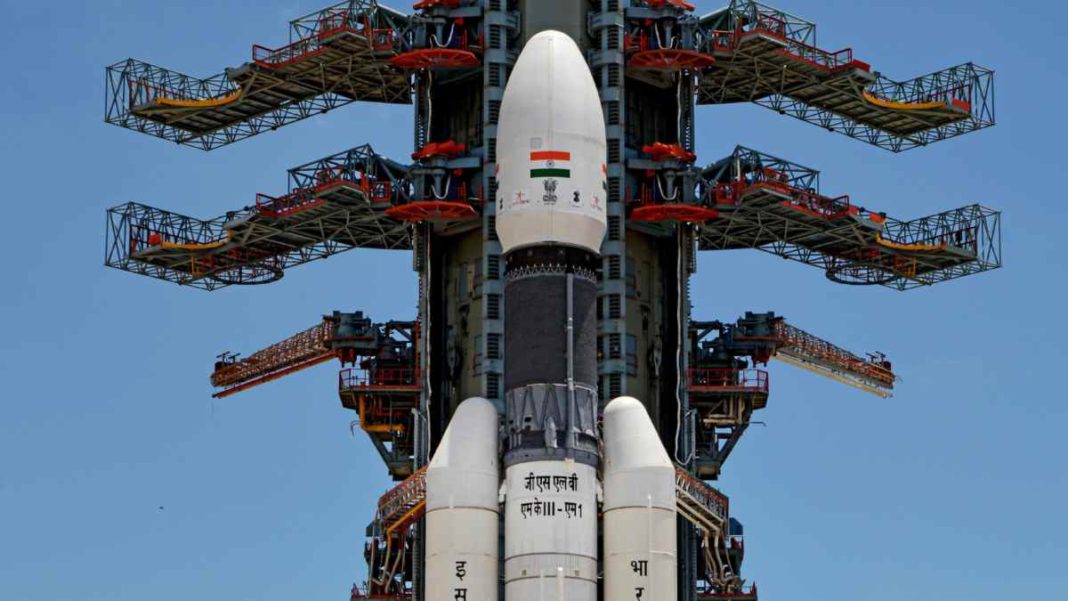INDIA: India’s ambitious maiden human spaceflight venture, Gaganyaan, is one step closer to its historic goal of sending astronauts into space. The Indian Space Research Organisation (ISRO) is gearing up for the first test vehicle mission to validate the critical crew escape system. According to ISRO officials, this marks the inaugural step in a series of missions that will pave the way for India’s first human spaceflight.
The first test vehicle mission, known as TV-D1, is scheduled to launch from the Sriharikota launch facility in the coming month or two. It will be followed by subsequent missions, including the second test vehicle mission (TV-D2) and the first uncrewed mission of Gaganyaan (LVM3-G1). These missions are vital to ensure the safety and success of future crewed missions.
Gaganyaan Project Director R Hutton revealed this exciting development at an international space conference held in Bangalore. He emphasised the importance of validating the crew escape system, a critical component in ensuring the safety of astronauts during any emergency, whether on the launch pad or during ascent.
The Gaganyaan project’s primary objective is to demonstrate India’s capability to send a crew of two to three members into a circular orbit approximately 400 kilometres above Earth’s surface. These missions are designed for one-to-three-day durations, with a primary focus on ensuring the safe return of astronauts to a designated location in the Indian sea waters.
The launch vehicle chosen for the Gaganyaan mission is the LVM3 rocket, ISRO’s heavy-lift launcher. To meet the stringent safety requirements for human spaceflight, all systems within the LVM3 have been reconfigured and are now known as Human-Rated LVM3 (HLVM3).
HLVM3 features a Crew Escape System (CES) powered by quick-acting, high-burn-rate solid motors. This system guarantees the safe removal of the Crew Module (CM) and crew from any potential emergency situation, whether it occurs at the launch pad or during ascent.
The Orbital Module (OM) houses the Crew Module and the Service Module (SM). It boasts state-of-the-art avionics systems with redundancy measures in place for enhanced human safety. The Crew Module, designed to provide an Earth-like environment for the astronauts, is equipped with various systems crucial for human survival in space.
The Service Module plays a pivotal role by providing essential support to the Crew Module while in orbit. It contains critical systems, including thermal management, propulsion, power, avionics, and deployment mechanisms.
“I’m happy to report that the LVM3 has received human ratings,” Hutton added. He emphasised during the conference that for something to be considered “human-rated”, it should have enough safety margins, emphasising ISRO’s commitment to protecting the safety of future astronauts.
The successful completion of these test vehicle missions and the uncrewed mission will be pivotal in determining the timeline for India’s first crewed spaceflight. As India continues to make strides in its space endeavours, Gaganyaan remains a testament to the nation’s growing capabilities and aspirations in the field of space exploration.
Also Read: ISRO’s Pragyan Rover Confirms Presence of Sulphur and Oxygen on Moon



